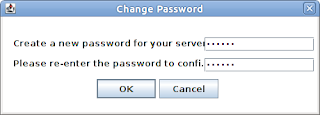Some of the file conversion capabilities are
a) Audio: Conversion between the audio formats: mp3, mp2, wav, ogg, wma, flac, m4r, m4a and aac
b) Video: Conversion between the video formats: avi, ogv, vob, mp4, vob, flv, 3gp, mpg, mkv, wmv
c) Image: Conversion between the image formats: jpg, png, ico, bmp, svg, tif, pcx, pdf, tga, pnm
d) Iso|Cso Create an iso with selected files, convert iso to cso and vice versa.
e) Advanced Encode subtitles to an avi file.
Format Junkie Installation:
Add the ppa to your machine
sudo add-apt-repository ppa:format-junkie-team/releaseInstall format junkiee
sudo apt-get updateAfter successful installation, you can open up the application from the Unity 'Dash' Here is a screen shot.
sudo apt-get install formatjunkie


